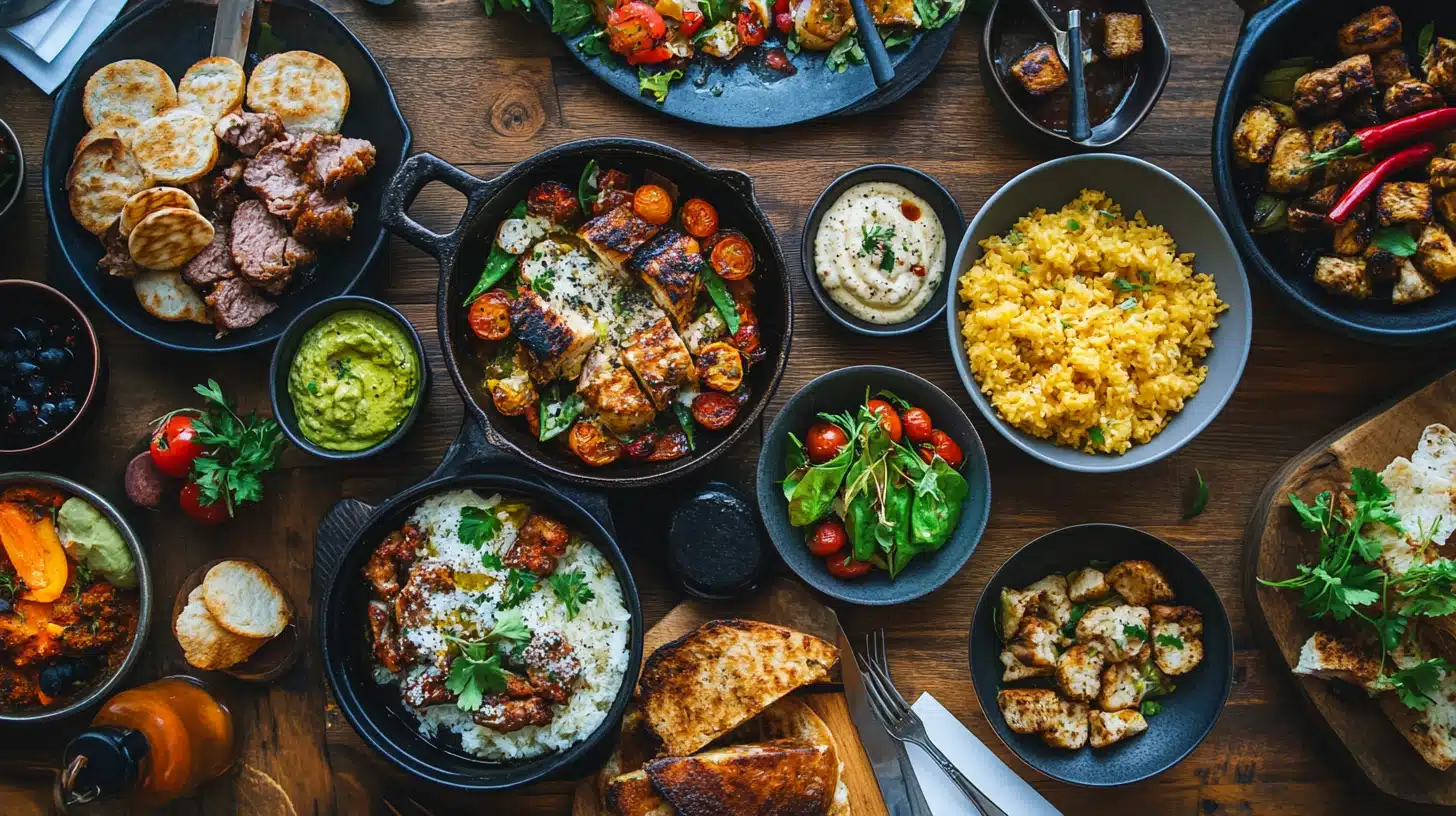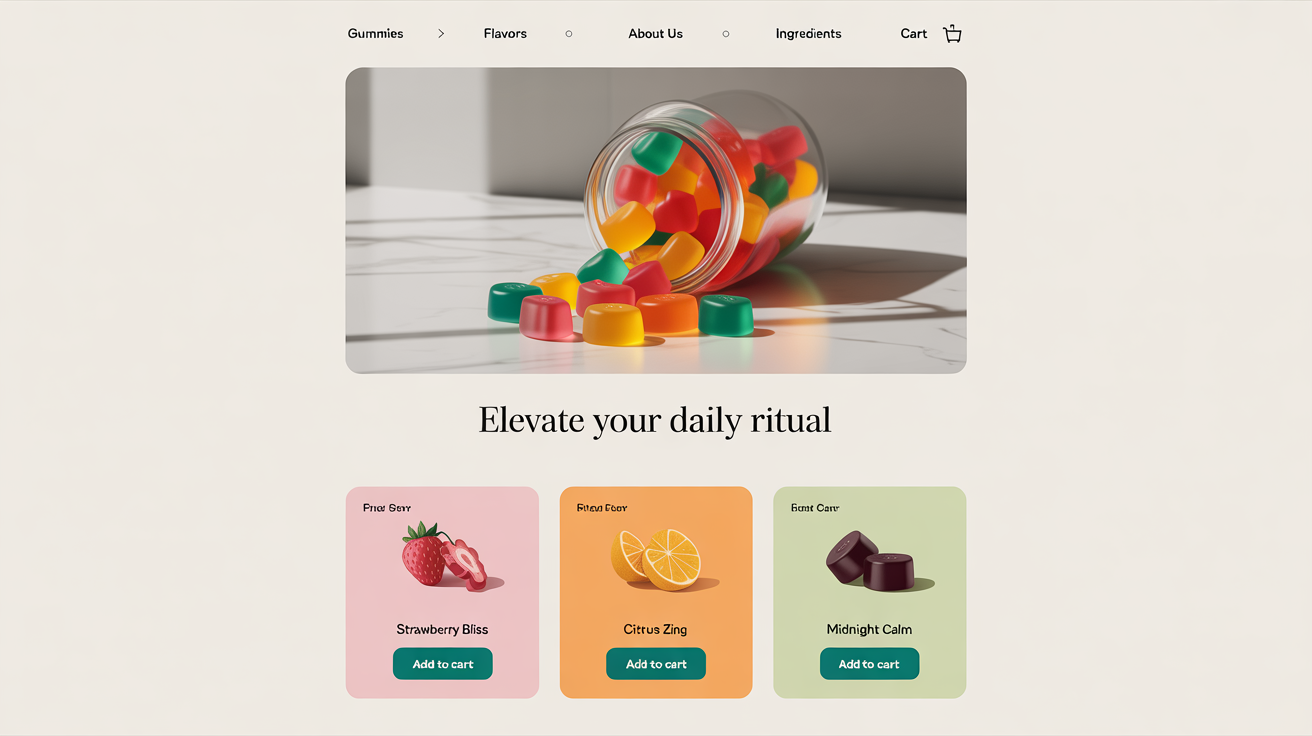Searching for Dinner Ideas Beyond Reviews
Most people open a search engine, type in something like “easy dinner recipes,” and click on the first link they see. They might skim the reviews. They might glance at the ratings.
But sometimes, that alone doesn’t lead to the best dinner plan. It can feel dull or repetitive. Maybe you want variety or a new take on a favorite meal. Looking beyond reviews and top links can open the door to more exciting dishes.
A 2022 survey showed that 60% of home cooks rely on the first three search results for recipes. That statistic suggests many people never look deeper. There could be hidden gems that don’t appear on the first page. By exploring a bit more, you might find recipes that fit your exact style and ingredients on hand.
More Than Just Ratings
Reviews tell part of the story. They often mention general points: taste, difficulty, or star rating. They can be biased or incomplete. One food blogger said, “I tried a five-star pasta recipe. It took far too long, and the flavor wasn’t special. I realized I should’ve checked if the reviews came from real cooks or just quick commenters.” That story highlights the value of going beyond star counts.
Also, some comments focus on personal taste. One reviewer might say it’s too spicy. Another might declare it’s not spicy enough. You might prefer mild or extremely hot. Blindly trusting that feedback can send you down the wrong path.
Check the Background
A quick tip: see who posted the recipe. Is it from a well-known chef, a trusted brand, or a random blogger? That context can help you gauge credibility. If a site has a history of thorough testing, the instructions might be more reliable. If it’s a new site with zero comments or questionable sources, you might want to cross-check with another platform.
Ingredients You Already Have
One easy way to pick a recipe is to think of the items in your fridge. Search for meals that use those ingredients. This reduces waste and saves money. Instead of trusting reviews that might be from cooks with an entire pantry of fancy spices, look for recipes tailored to your specific groceries.
A home cook once said, “I wanted to use leftover spinach and mushrooms. I found a recipe that needed both. I ignored the top results because they called for a long list of extras. I found a perfect dish buried on the third page.” That experience shows the payoff of ignoring the first few results and searching for exactly what fits your needs.
Diet Preferences or Restrictions
If you follow a special diet, look for tags like vegetarian, gluten-free, or low-carb. Some high-ranked recipes might not serve your needs. Instead, refine your search to reflect those preferences. This helps you avoid scanning unwanted google search results. You save time and reduce temptation to click unhelpful links.
Cooking Times and Skill Levels
Not everyone has an hour to cook each night. Some recipes require soaking beans or marinating meat for a day. Others need advanced techniques like flambé or pastry work. Before you decide on a meal, scan the recipe steps. Check if it matches your time or skill. One busy parent explained, “I used to pick fancy dishes based on good reviews. After many chaotic nights, I learned to filter by total cook time. It made dinners smoother.”
Realistic Approaches
Sometimes a recipe claims it’s “quick and easy,” but it actually has 15 steps. Another might say “30-minute meal,” yet it includes an hour of prep. The posted ratings might be high because some reviewers have no issue with the extra steps. Double-check the prep and cook times listed. A short summary of steps can clue you in quickly.
Trusted Food Blogs and Communities
Large websites often dominate the first page. They have teams optimizing content. They get tons of visits. That doesn’t mean smaller bloggers or niche communities lack quality. Many hidden gems come from hobby chefs who share their personal tips. They might have a smaller audience but offer real value.
Recipe Communities
Forums or social groups focused on cooking can be gold mines. People share favorite meals, complete with step-by-step photos and tips. They answer questions like “Can I replace buttermilk with regular milk?” That personalized advice can outshine the generic guidance found on top-rated pages.
A forum user once wrote, “I never thought of using leftover rice in a breakfast burrito. Someone suggested it on a cooking board. Now it’s my weekend staple.” That creative twist might never appear on a high-traffic site. Seek out communities where cooks exchange ideas and expand each other’s horizons.
Understanding Nutritional Info
Healthy eating matters for many folks. Some recipes skip nutrition labels or bury them at the bottom. Others show detailed breakdowns of calories, protein, and vitamins. If your diet aims for certain macros, that info is vital. Glowing reviews might not mention the meal’s sugar content or high sodium levels.
Cross-Reference with Health Sites
If a recipe lacks detailed nutrition data, you can plug the ingredients into a free meal calculator. This helps you see if it matches your goals. This step doesn’t take long. It also avoids any rude shocks when you realize the “healthy salad” has 800 calories.
Cooking Tools and Gear
A recipe might need a sous vide machine or cast-iron skillet. Check if you have the right tools. You might skip a recipe if you lack a food processor. Some guides list alternative methods, which can be a lifesaver. One cook said, “I avoided a blender-based soup until I saw a note explaining how to mash everything by hand. It was perfect for my tiny kitchen.”
Check Photo Evidence
Pictures can reveal if a recipe needs special plating or garnishes. You can see if the final dish matches your cooking style. If it looks too fancy, you might pick a simpler meal. If it’s visually appealing and you have time, go for it. High ratings alone don’t tell you if you’ll enjoy plating that item.
Realistic Serving Sizes
Certain recipes claim to serve four, but the portions might be tiny. Others feed an army when you only need two servings. Reading the instructions more carefully helps you avoid extra leftovers or short meals. Some sites let you adjust the ingredient amounts on the fly. This feature can save you from miscalculating.
A friend said, “I cooked a recipe said to serve two. My husband and I had enough for dinner, plus lunch the next day. The rating was great, but we didn’t expect so many leftovers.” Always double-check portion notes.
Making the Most of Your Recipe Search
When searching for dinner ideas, think about more than star ratings. Scan for time, ingredients, and nutritional details. Look beyond the first page to find unique takes on popular dishes. See if smaller blogs or cooking boards have fresh ideas. This approach can lead you to simpler, healthier, or more exciting meals.
A quick recap of tips:
- Check the recipe source: Is it a major site, personal blog, or forum?
- Focus on your actual ingredients: Align the dish with what you have.
- Consider cooking time and difficulty: Match it to your schedule.
- Look at nutritional info: Keep your health goals in mind.
- Account for tools: Make sure you own the required gear or have alternatives.
This method helps you avoid common pitfalls. You gain confidence in trying new meals. You also skip the clutter of random, unhelpful reviews. The next time you’re planning dinner, remember that the best recipe might be beyond page one. Take an extra minute to explore. Your taste buds and cooking routine might thank you.







